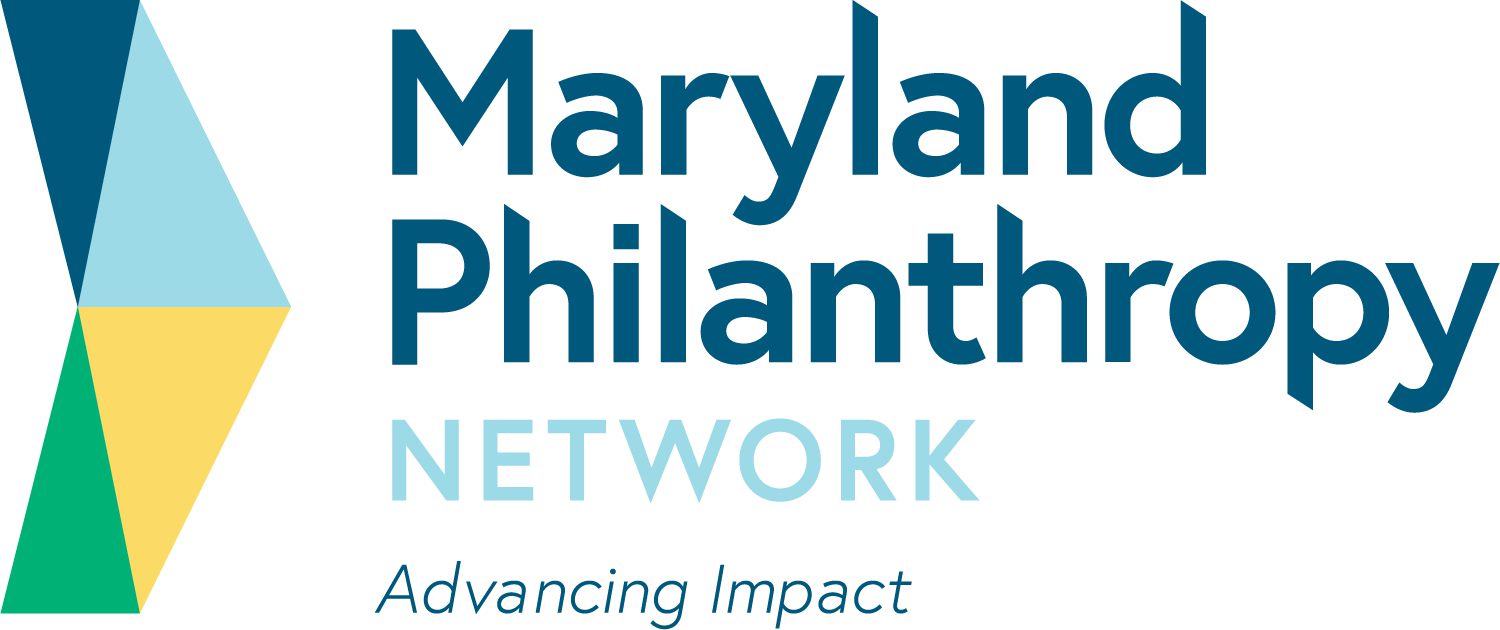Moving Beyond Theories of Change: A Framework for Strategic Implementation
By almost any measure you choose, philanthropic giving in the US has grown exponentially in the past 25 years. Whether viewed by total contributions, number of donors, visibility, professionalization, or infrastructure, philanthropy is no longer the hidden, clubby, and ill-defined field it used to be. Indeed, it has now entered the domain of public civic discourse as never before. Every day, there’s news of an unprecedentedly large gift or extended media commentary about philanthropy’s transformational role in policymaking and politics. Authors of existential books on the ethics of donors using philanthropy to allegedly whitewash ill-gotten fortunes have platforms for their views on TV talk shows, as keynoters at conferences, and on Twitter.
This new awareness of the potential and power of philanthropy brings both opportunities and perils. On the one hand, our field’s potential for impact has never been greater. Examples of scalable, demonstrably measurable results may still be too rare, but we understand more about what needs to be in place to make progress. On the other hand, philanthropy has become a target both for partisan attacks and for searing critiques that sometimes go too far,1 as well as an occasional object of regulatory attention
Click here to read the full report.
Source: Arabella Advisors

